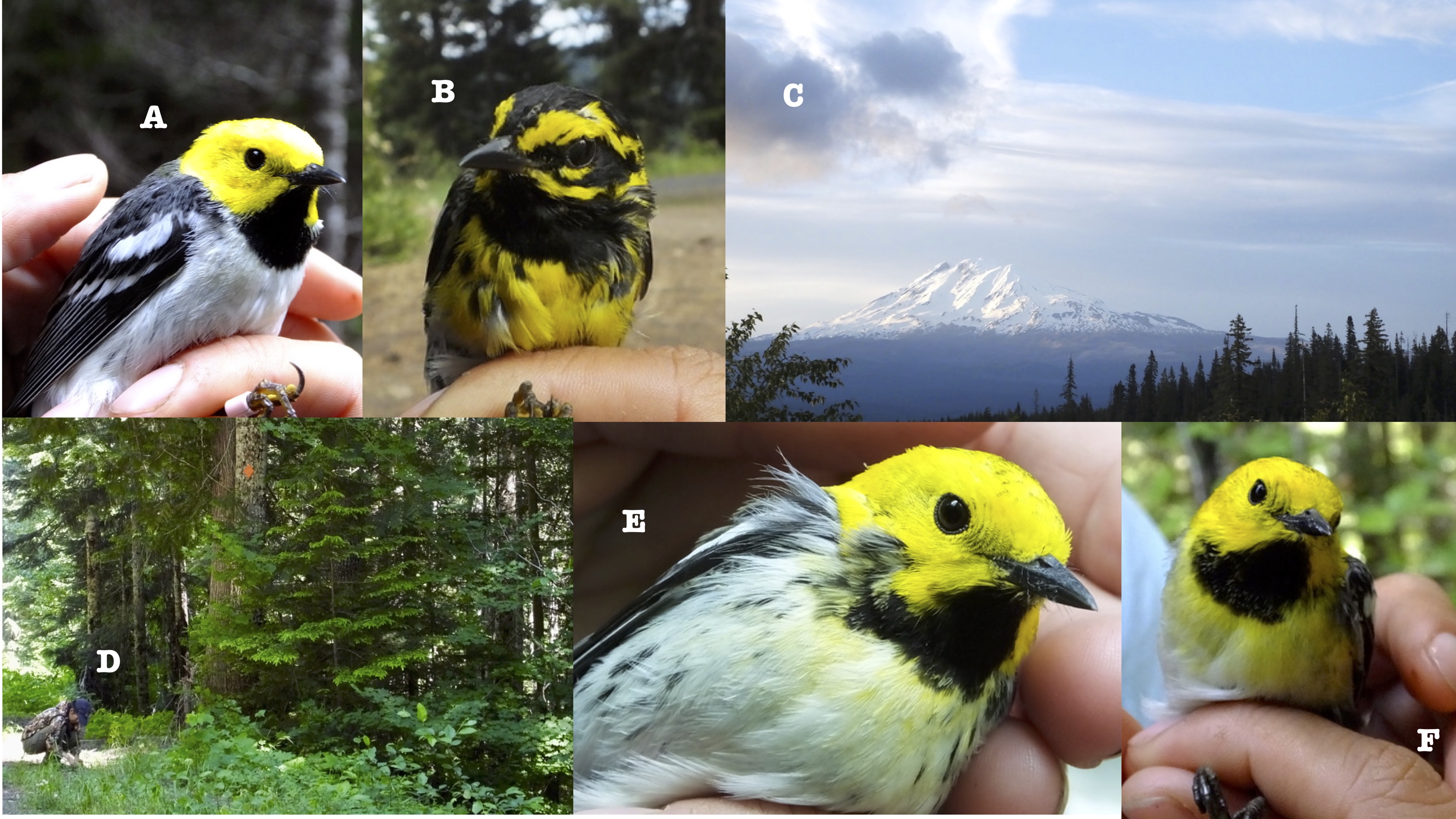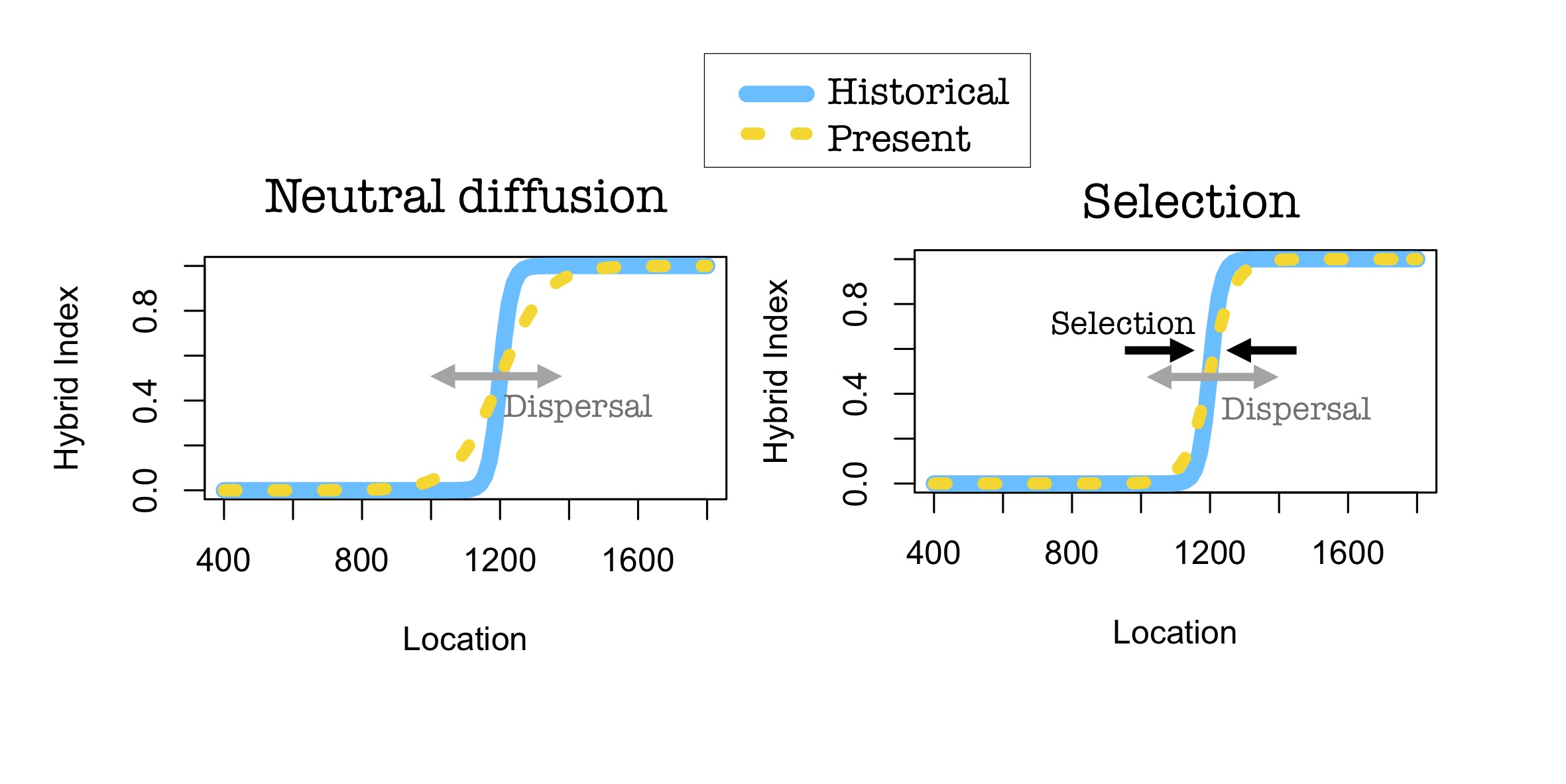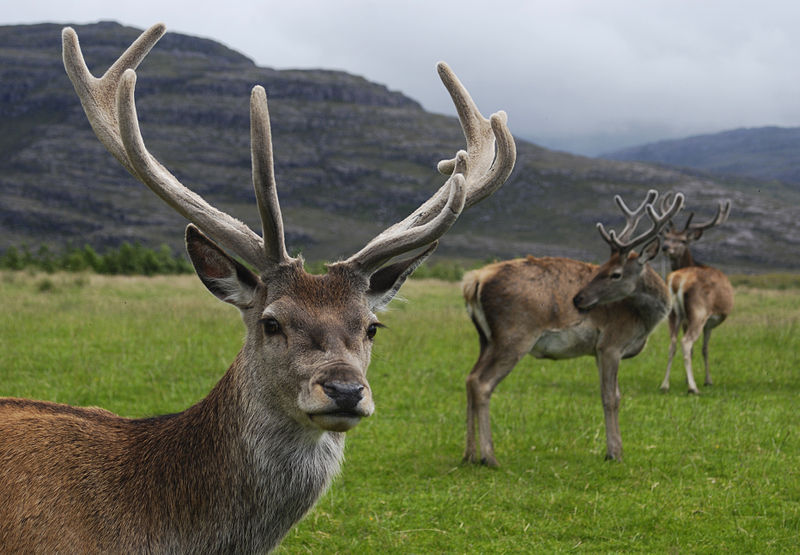A new paper published in Evolution Letters examines the genomic underpinnings of speciation by studying the divergent pigment traits of two warbler species in a hybrid zone. Here, lead author Dr Silu Wang tells us more.
What kind of genomic regions are most important for speciation of songbirds? The genes underlying species-specific plumage coloration are increasingly highlighted in recent whole genome sequencing research. However, the evolutionary forces that render color gene variation at species boundaries remain elusive. In our new paper published in Evolution Letters, we found selection-dispersal balance shaping the evolution of a small (2Mb) color gene block (ASIP-RALY) at the species boundary of two wood warbler species, Setophaga occidentalis (Figure 1 A) and S. townsendi (Figure 1 B). This ASIP-RALY color gene block is associated with variation in a suite of plumage coloration traits among hybrids in the hybrid zone of the two species in the Pacific Northwest (Figure 1 C & D).

Figure 1. Photos from the field: (A) Setophaga occidentalis and (B) S. townsendi, two wood warbler species; (C & D) Douglas fir forests in the Cascade Mountain range, where the work was carried out; (E & F) hybrids of the two wood warbler species with intermediate plumage color patterns.
Deep in the Douglas fir forests around the Cascade mountain range (Figure 1 C & D), Chris Wood and Sievert Rohwer (University of Washington) sampled warblers among sites in this hybrid zone 20 years ago. They found many hybrids (Figure 1 E & F) with intermediate plumage color patterns to the parental species (Figure 1 A & B), except that most of the hybrids have similar cheek coloration as S. occidentalis (Figure 1 A). Wood and Rohwer inferred that there should be a single locus, with the S. occidentalis allele being dominant, regulating the cheek color variation between species.
In 2015–16 summer, we sampled the hybrid warblers in the same sites again to understand the evolution of these hybrid populations. By genotyping birds at tens of thousands of DNA variants and examining the association with plumage variation in the hybrid zone, we confirmed Wood and Rohwer’s inference that a gene block predominantly explains the cheek color variation among birds in the hybrid zone, with the S. occidentalis allele being dominant. This gene block contains three genes: ASIP, EIF2S2, and RALY (ASIP-RALY gene block). In addition, we found that this gene block explains variation in other traits as well: crown coloration, flank striking, and the intensity of the yellow breast.
To investigate whether selection is maintaining the differences between species in this genetic region, we used a cline method that we established before. Across the hybrid zone, the distribution of species-specific characters (genomic or phenotypic) are expected to form a cline, which widens over time only if dispersal is shaping the contact zone (Figure 2, left). However, selection against hybrids would counteract the widening effect of dispersal (Figure 2, right), keeping the cline narrower than expected by a neutral diffusion process. By tracking the hybrid zone over two decades and at least 12 generations of the warbler populations, we found interesting cline dynamics.

Figure 2. Conceptual illustration of species-specific character distributions shaped either by neutral diffusion or selection.
Although genomic cline conforms with the neutral diffusion expectation, the plumage cline and the ASIP-RALY cline are consistent with the alternative selection model. Moreover, the change of ASIP-RALY cline was even smaller than the plumage cline, in which the cline of the recent sampling period was almost narrower than the historical cline. Such result suggests that selection acting directly at ASIP-RALY gene block counteracts dispersal, keeping the plumage cline and the hybrid zone narrow over time. Hence, this particular small genetic region explains much of the differentiation and phenotypic differentiation between these species.
Dr Silu Wang is a postdoctoral researchers at the University of California, Berkeley. The original article is freely available to read and download here.

